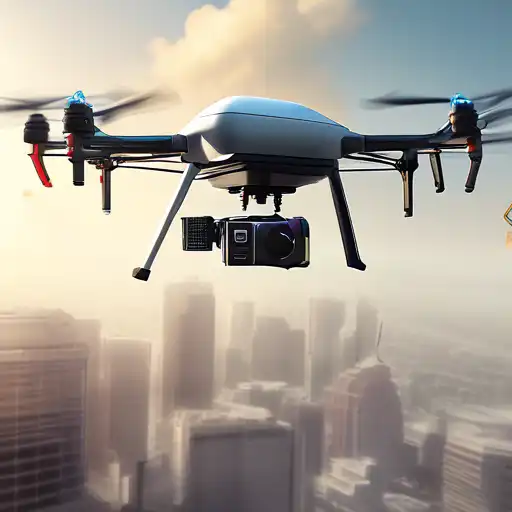The Rise of Commercial Drones
Commercial drones, also known as Unmanned Aerial Vehicles (UAVs), have seen a meteoric rise in popularity and utility across various industries. From agriculture to real estate, and from delivery services to filmmaking, drones are revolutionizing the way businesses operate. This article delves into the myriad opportunities presented by commercial drones, as well as the regulatory framework governing their use.
Opportunities Unleashed by Commercial Drones
The applications of commercial drones are vast and varied. In agriculture, drones are used for crop monitoring, spraying pesticides, and even planting seeds. The construction industry benefits from drones through site surveying and progress monitoring. Meanwhile, the delivery sector is exploring drones as a means to expedite shipping processes, especially in hard-to-reach areas.
- Agriculture: Precision farming techniques have been enhanced through drone technology, leading to increased crop yields and reduced resource wastage.
- Construction: Drones provide a bird's-eye view of construction sites, improving safety and efficiency.
- Delivery Services: Companies like Amazon and UPS are testing drone delivery systems to reduce delivery times.
- Filmmaking: Drones offer filmmakers the ability to capture stunning aerial shots at a fraction of the cost of traditional methods.
Navigating the Regulatory Landscape
As the use of commercial drones expands, so does the need for comprehensive regulations to ensure safety and privacy. In the United States, the Federal Aviation Administration (FAA) has established rules for commercial drone operations, including requirements for pilot certification, flight restrictions, and no-fly zones. Similar regulatory bodies worldwide are also implementing guidelines to address the challenges posed by drone technology.
Key regulations include:
- Pilots must obtain a Remote Pilot Certificate from the FAA.
- Drones must weigh less than 55 pounds.
- Flights are limited to daylight hours and visual line-of-sight operations.
- Drones cannot fly over people not directly participating in the operation.
Future Prospects
The future of commercial drones is bright, with advancements in technology paving the way for even more innovative applications. However, as drones become more integrated into our daily lives, the importance of adhering to regulations and ensuring ethical use cannot be overstated. Businesses looking to leverage drone technology must stay informed about the latest developments in both opportunities and regulations.
For more insights into how technology is transforming industries, check out our article on Technology Transformations.
In conclusion, commercial drones offer unparalleled opportunities across a wide range of sectors. By understanding and complying with the regulatory framework, businesses can harness the power of drone technology to achieve new heights of efficiency and innovation.
